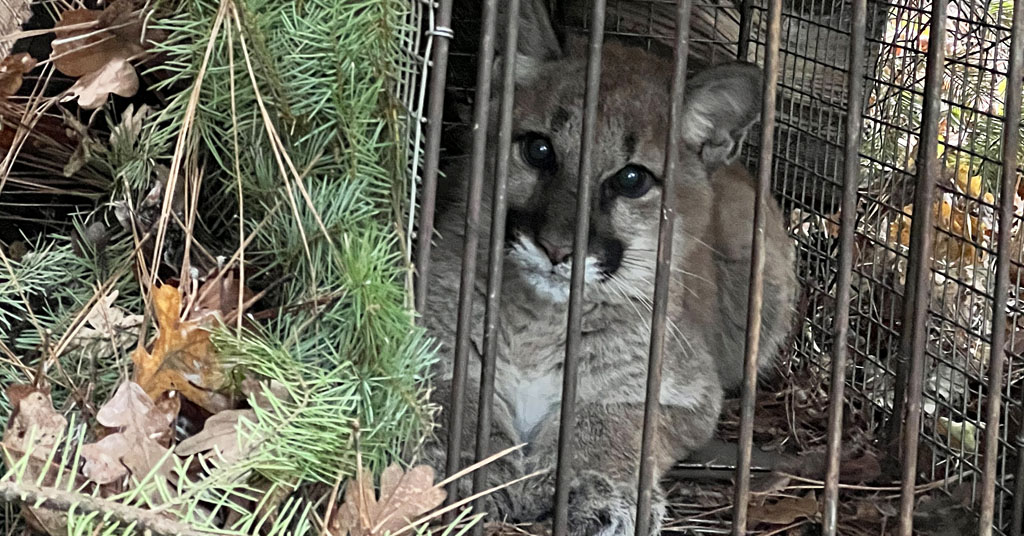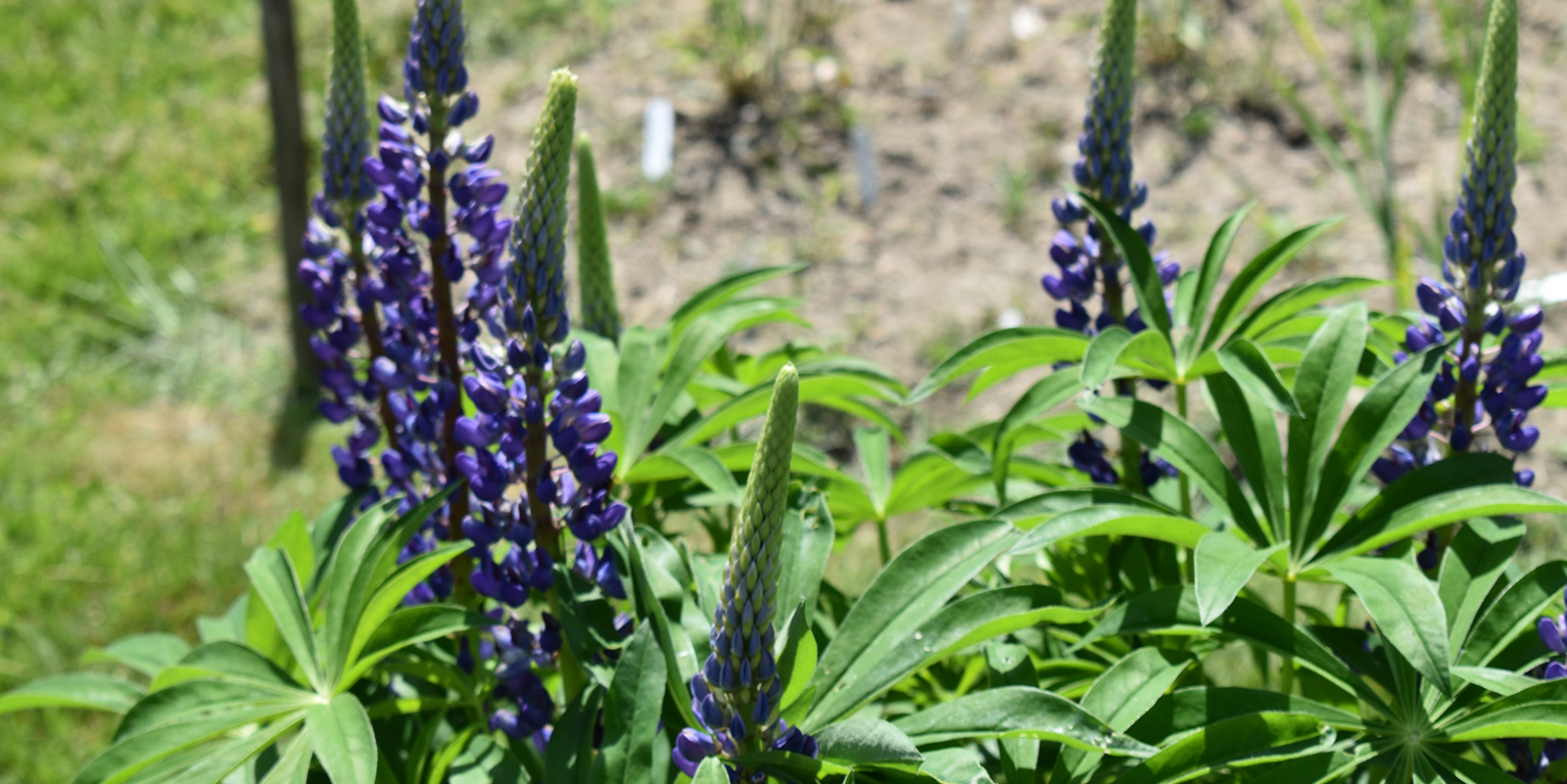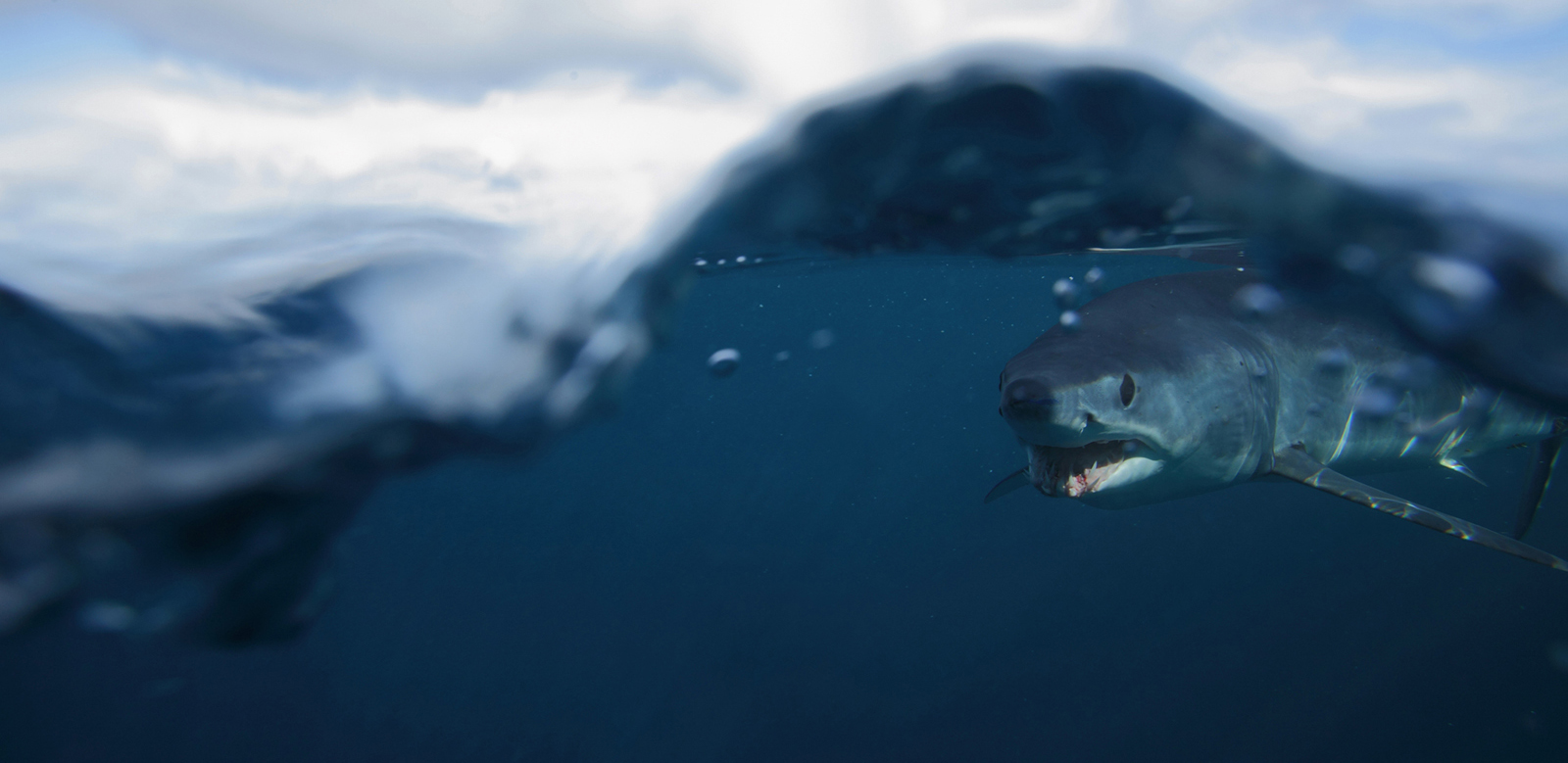Tough Year for Piping Plover Chicks at Local Beaches
September 6, 2017
Rhode Island’s population of piping plovers — the rare, sand-colored shorebird that breeds primarily on ocean-facing beaches — has grown significantly since it hit an all-time low of fewer than 20 pairs in the early 1980s. But 2017 was a bad year for the birds. Heavy spring rains and a continuing battle with predators caused a decline in the number of chicks the plovers produced.
According to Jennifer White, the biologist with the U.S. Fish & Wildlife Service who monitors the plover population, the statewide breeding population is about 100 pairs, though the population fluctuates annually as some birds move back and forth to beaches in Massachusetts and Connecticut, depending on changing beach conditions.
On South County beaches, where most of the birds breed, White counted 73 pairs of piping plovers this summer, mostly at Trustom Pond National Wildlife Refuge in South Kingstown, Quonochontaug Beach in Charlestown, and East Beach in Westerly. Another 23 pairs nested in Little Compton at Goosewing Beach Preserve, Briggs Beach and Fogland Marsh Preserve. In addition, one pair nested at Third Beach in Middletown.
White said each nest, on average, produced just 0.68 chicks, well below the 1.25 needed to maintain a stable population, and far below the 1.62 chicks produced last year. The one bright spot was at Ninigret Conservation Area, where seven pairs of plovers produced an average of 2.29 chicks per nest.
“Productivity this year was very, very low, we think because of a lot of predators, both avian and mammalian,” White said, noting that crows, gulls, foxes and coyotes are the primary predators of plover eggs and chicks. “At some sites, we saw canine footprints that went from nest to nest.”
The chilly, wet spring also caused many nests to fail.
“We had a lot of nest failures right after the chicks hatched because of the rain,” White said. “The chicks can forage as soon as they hatch, but they can’t thermoregulate, so they still rely on their parents to keep them warm and dry. We had a lot of young chicks under five days old when we had rain all day, and we lost those broods.”
Staff and volunteers from The Nature Conservancy monitor the piping plovers on Little Compton beaches. Tim Mooney, the conservancy’s director of communication, said those beaches faced similar declines in chick productivity.
“I’m struck by how many things really have to go right for the plovers to fledge chicks,” he said. “The habitat conditions have to be right, the tides, storms, predators. It really demonstrates how difficult it can be to bring a species back to healthy, self-sustaining numbers.”
Mooney and White also noted that abundant human beachgoers can also be a factor in the success or failure of piping plover nests, though the beaches that attract the most human visitors seldom have any plovers attempting to nest.
“It’s a perennial issue,” Mooney said. “Every day there is potential for user conflict, and we do our best to work with the visitors and the community to manage that threat.”
The Nature Conservancy and the Fish & Wildlife Service conduct daily patrols of the beaches where the plovers nest, rope off nesting areas, and place mesh “exclosures” around nests to keep predators at bay while allowing the birds free access to and from their nests. They also keep daily records of how many plovers are nesting at each beach, how many eggs are laid, and how many chicks survive to fledge.
“This was a rough year, but we know our management activities helped the birds,” White said. “But we still have a lot of work to do to make sure people follow beach guidelines and are aware of the birds, keep their dogs leashed, and carry out their food, which attracts predators to the beach.”
Mooney said an important part of conservancy’s monitoring efforts is pointing out the plovers to beach visitors so they can develop an appreciation for the birds.
“Once you’ve … seen a chick run across the beach, you can’t help but want to do something to help them,” he said.
Piping plovers are categorized as threatened on the federal Endangered Species List. They breed on Atlantic coastal beaches from Newfoundland to North Carolina. (A separate population breeds in the Great Lakes region.) To be removed from the list, they must achieve a chick productivity rate of 1.5 per pair for five consecutive years and maintain a breeding population of 2,000 pairs.
“We’re committed to plover restoration in Rhode Island, but we’re just one spot in the range of these birds,” Mooney said. “The whole North Atlantic population would have to achieve that level of chick productivity to be delisted, so while individual sites may reach that target here and there, I don’t think we’re close to seeing the whole region reach it.”
Rhode Island resident and author Todd McLeish runs a wildlife blog.




One note: Each year, I see PIPLs and LETE displaying nesting activity on Narragansett Beach ; however, I also see a lot of dogs there too. Beside having the exclosures, would it be possible to rope off the area down to low tide (and put signs with the ropes) at the very end of Narr Beach adjacent to Narrow River, to reduce the walkers with their dogs (often unleashed down there)? I actually think that could help that population tremendously and I do think most people would respect the roping in that area.